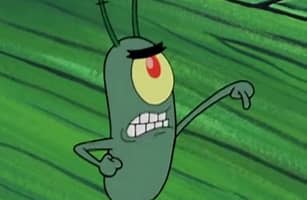The concept of the cultural industry was first used by Adorno and Horkheimer in their book *Dialectic of Enlightenment* (1947). Certain branches share the same structure, or are at least interconnected with each other, and this is made possible through technological means as well as economic and managerial centralization.

There are many cultural industry examples like SpongeBob, Spider-Man, and Kung Fu Panda. They were created by companies under major cultural industry groups and have influenced children’s childhoods. However, as media differences narrow, sharing and editing content has become easier for millennials, so they are no longer satisfied with traditional character roles. They create many memes using technologies like Photoshop, a process known as secondary creation. Coincidentally, those traditional character roles are directly disseminated to the public through media, while memes are recreated and redistributed by individual bloggers. Although the concepts and items of dissemination differ from those of the traditional cultural industry, people on the internet seem to prefer these bloggers’ street-side stands over formal restaurants, which happens to correspond with the two-step flow theory.

The secondary creations of these memes often change the original characteristics of the characters, and after being spread through media streams, they can easily become unrecognizable. However, to some extent, they still serve as a way to propagate the source media. After all, on the internet, popularity outweighs everything, and this is just my associative thinking linking the two topics. …
Reference
What is cultrue industry? Baidu 文化产业(产业门类)_百度百科


I really liked how you took a somewhat confusing topic to someone who doesn’t study this and applied it to a relatable topic – memes. It makes the topic understandable and enjoyable to read about, and your examples help with that too. Overall this is well-written and interesting to the reader.